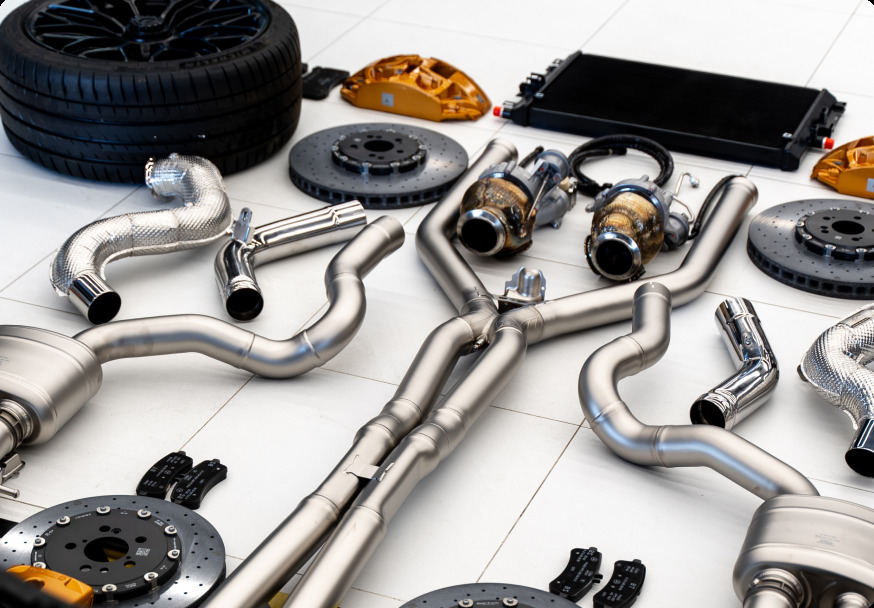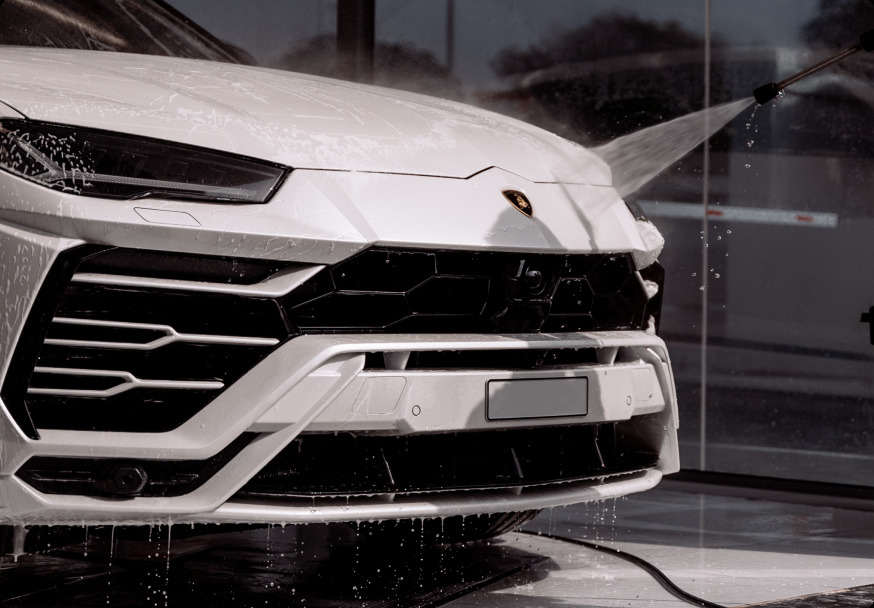Wheel balancing is an important procedure aimed at eliminating unevenness in the weight distribution of the wheel and tire. Correct balancing ensures even rotation of the vehicle wheels, which in turn improves handling, comfort and safety when driving.

What is the purpose of wheel balancing?
1. Vibration elimination: Improper balancing can cause vibrations that can be felt in the steering wheel and body of the vehicle, especially at high speeds. This can lead to discomfort and fatigue for the driver.
2. Increase tire life: Uneven weight distribution can lead to premature tire wear. Proper balancing helps tire carcasses wear evenly, which increases their lifespan.
3. Improved handling: Wheel balancing promotes more precise handling of the vehicle. This is especially important at high speeds and in difficult road conditions.
4. Improved safety: Wheel balancing improves vehicle stability, which reduces the risk of accidents. Well-balanced wheels provide better traction.
5. Reducing stress on the suspension: Vibrations and uneven loads can also damage the vehicle’s suspension components. Balancing helps reduce stress on these components, extending their life.
There are two basic types of balancing: standard and dynamic. Let’s look at their differences, advantages and disadvantages.
Standard balancing
Standard balancing (static) assumes that the wheels are mounted on a device that detects uneven weight distribution. Masters use special weights to balance the wheel vertically only. This method is suitable for most types of cars and eliminates major problems.
Advantages:
– Easier and faster procedure.
– Suitable for most passenger cars.
Disadvantages:
– Does not always effectively eliminate vibrations at high speeds.
– More often requires repetition and adjustment after some time.
Dynamic balancing
Dynamic balancing can detect and correct both vertical and horizontal irregularities. This method is most effective for high speeds because it takes into account the different wheel conditions. Dynamic balancing is often used for sports cars and vehicles that require high precision steering.
Benefits:
– More precise balancing that eliminates vibrations at all speeds.
– Suitable for sports cars and trucks.
Disadvantages:
– Process requires more sophisticated equipment.
– Can be more expensive than standard balancing.
There are several factors to consider when choosing between standard and dynamic balancing:
1. Type of vehicle: If you have a passenger car, standard balancing may be sufficient. For sports cars or if you frequently drive at high speeds, dynamic balancing is recommended.
2. Operating conditions: If you drive on rough roads or frequently overload your vehicle, dynamic balancing can help maintain stability and safety.
3. Budget: If your goal is to save money, standard balancing is a more affordable option. However, keep in mind the possibility of additional costs for subsequent balancing sessions.
In conclusion, the choice depends on your needs, vehicle type, and operating conditions. However, our experts recommend the dynamic type to customers as the most reliable and innovative.
Contact DEIZ for this service!








